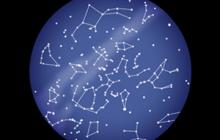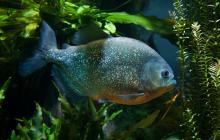If you want to find out more about a specific insect, it is very useful to know its name. The first step is to decide what order it belongs to. In entomology, an order is a large group of insects that share certain characteristics (e.g. Coleoptera, Lepidoptera, Diptera, etc.). Determining the order is the first and most important step in identification. Then you can try to identify the insect’s family, its genus and finally its species.
There are many good visual identification guides to insects (see the bibliography), with photos or illustrations that make the job easier. Various books also have identification keys that help you identify a particular insect in question by choosing different visual criteria. Sometimes it’s quite easy to identify the species and you can do it in the field. However, in many cases, the insect must be immobilized and examined with a magnifying glass.
It’s sometimes very hard to spot the difference between two species. For instance, one may have eight parts to its antennae, while the other has ten. To check this kind of detail in very tiny insects, even a magnifying glass isn’t enough. That’s when you need to use a more powerful piece of equipment, a stereoscopic microscope. These devices are very expensive, and not everyone can afford one. They more often belong to university laboratories and museums than individual collectors. Some scientific clubs or amateur entomology groups have acquired them, however, and make them available to their members.
Some groups of insects are especially hard to identify. They include micro-Lepidoptera and some species of bees, flies and ground beetles. Don’t worry if you can’t identify them, since even professional entomologists sometimes have to turn to experts to assign a species to a specimen. Some insects, for instance, have to be dissected in a special way to expose the structures hidden inside their bodies. Only the shape, number, presence or lack of these structures reveals their identity. Fortunately, a large number of the insects of interest to collectors here in Quebec are relatively easy to identify with the appropriate tools.






